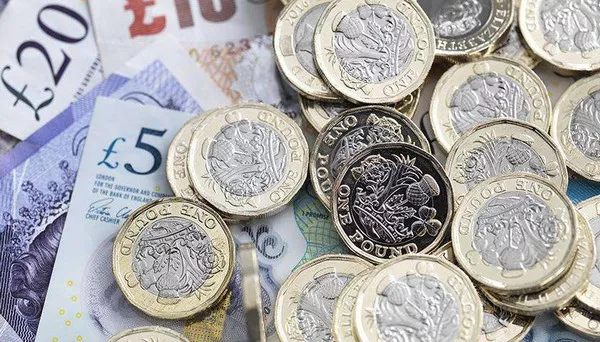British pound coins
British pound coins have been in circulation since 1983, and they are an essential part of the UK’s economy. These coins come in different denominations, including one pound, two pounds, fifty pence, twenty pence, ten pence, five pence, and two pence. The question that comes to mind is what are these coins made of? In this article, we will delve into the materials used to produce British pound coins.
-
The History of British Pound Coins
Before we get into the materials used to make British pound coins, let’s take a brief look at their history. In ancient times, people used commodities such as gold and silver as currency. Later on, coins were introduced, and they were made from various metals, including copper, nickel, and bronze.
In 1971, the United Kingdom decided to adopt a decimal system for its currency, replacing the old pound sterling. The new currency had 100 pence in a pound. The one-pound coin was first introduced in 1983 to replace the one-pound banknote. Over time, other denominations were introduced, and each coin had unique designs that reflected different aspects of British culture.
-
What are British Pound Coins Made Of?
The composition of British pound coins has changed over time. Initially, the one-pound coin was made of 70% copper, 24.5% zinc, and 5.5% nickel. However, in 1992, the Royal Mint decided to change the composition of the one-pound coin to make it more durable and harder to counterfeit. The new coins were made of two different alloys.
The outer ring of the coin (the “silver” part) is made of nickel-brass, which consists of 76% copper, 20% zinc, and 4% nickel. The center of the coin (the “gold” part) is made of cupro-nickel, which consists of 75% copper and 25% nickel.
The two-pound coin has a similar composition to the one-pound coin. The outer ring is made of nickel-brass, while the center is made of cupro-nickel. However, the fifty pence coin, twenty pence coin, ten pence coin, five pence coin, and two pence coin are all made of cupro-nickel, which consists of 75% copper and 25% nickel.
-
The Production Process of British Pound Coins
Now that we know what materials are used to make British pound coins let’s take a look at how they are produced. The production process of coins involves several steps, including blanking, annealing, upsetting, striking, and finishing.
Blanking involves cutting circular discs from metal sheets that are the same size as the final coin. Annealing is the process of heating the blanks to soften them before they are molded into coins. Upsetting is the process of creating the raised rim on the edge of the coin, which helps protect the design from wear and tear.
Striking involves stamping the design onto the coin using a press with immense force. The design is imprinted onto the coin using a pair of dies, one for the obverse (the head side) and one for the reverse (the tail side). Finally, the coins undergo a finishing process that gives them their distinctive shiny appearance.
Conclusion
In conclusion, British pound coins are an essential part of the UK’s economy, and they come in various denominations. The composition of these coins has changed over time, with the one-pound coin being made of two different alloys. The outer ring is made of nickel-brass, while the center is made of cupro-nickel. Other denominations are made entirely of cupro-nickel.
The production process of British pound coins involves several steps, including blanking, annealing, upsetting, striking, and finishing. Each of these steps is crucial to creating a high-quality coin that will withstand the test of time.
Overall, British pound coins are an excellent example of how a country’s currency can reflect its culture and heritage. As technology advances, it will be interesting to see how the production process and composition of these coins continue to evolve.


